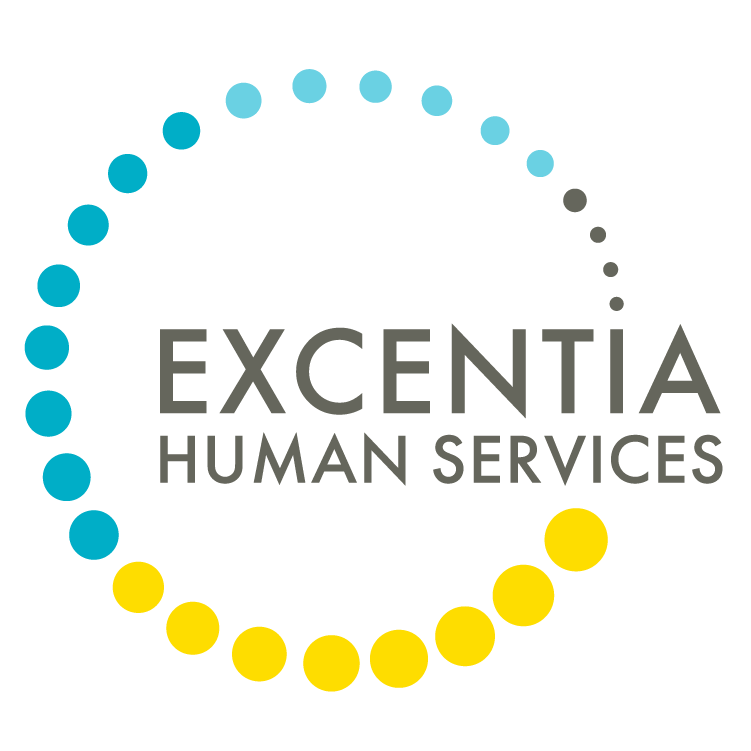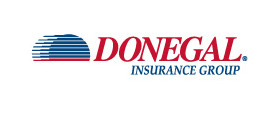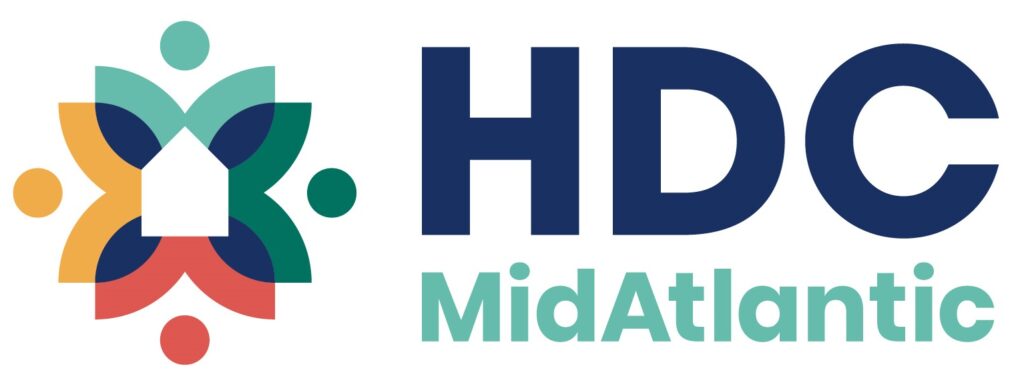PennDOT Secretary Mike Carroll stopped by a trade show in Lancaster on Thursday to make the case for boosting funding for public transit.
Gov. Josh Shapiro’s 2024-25 budget proposes an additional $283 million in funding for Pennsylvania’s municipal bus and train systems and its shared-ride “Access” paratransit services. The money would come from increasing the share of Pennsylvania’s sales tax going to the Public Transportation Trust Fund from 7.68% to 9.43%, an increase of 1.75 percentage points.
The increase would be the first of its kind in a decade. Transit is “critically important,” Carroll said, not only for the people who depend on it, but for Pennsylvania’s economy as a whole.
The Department of Transportation leader was in town for the Pennsylvania Public Transportation Association’s annual conference, held at the Lancaster County Convention Center. He spent about 90 minutes there chatting with industry leaders and doing media interviews.
Like other sectors of the economy, public transit was hit hard by post-pandemic inflation and workforce shortages. The added funding would allow them to minimize fare increases, preserve existing service and potentially to expand it. Each system could tailor the allocation to its own needs, Carroll said.
Republicans have pushed back against the governor’s proposal, objecting to the idea of providing a huge boost to Philadelphia’s SEPTA system, which would receive more than half the funding. Carroll said the increase would help systems throughout the state, including rural areas where paratransit services are struggling.
The $283 million represents a roughly 15% increase in overall operational funding, said PennDOT Deputy Secretary Meredith Biggica. Allocations to individual transit service systems are based on a formula that incorporates population, ridership and other factors.
Lancaster County’s Red Rose Transit Authority is part of the South Central Transit Authority along with its sister entity, the Berks Area Regional Transit Authority. The SCTA’s state funding would increase from $22.7 million to $28.5 million under the governor’s proposal, Biggica said, a roughly 25% bump.
The SCTA recently completed a 10-year Transit Development Plan. It proposes major modifications to both the RRTA and BARTA route systems, changes that leaders say will significantly improve service. For RRTA, it would be the largest overhaul in roughly half a century.
The additional state funding “would really strengthen what we are trying to do,” SCTA Executive Director Greg Downing said. “… It comes at the right time.”
Nearly two-thirds of people who use bus and rail transit say they have no alternate means of transportation. Transit systems in Pennsylvania employs 17,000 people directly more and thousands more indirectly.
From 2018 to 2023, Pennsylvania Public Transit Association members spent $2.5 billion on goods and services from in-state vendors, the trade group said.
“In all we do, transit means business,” PPTA Executive Director Shawna Jones said.






